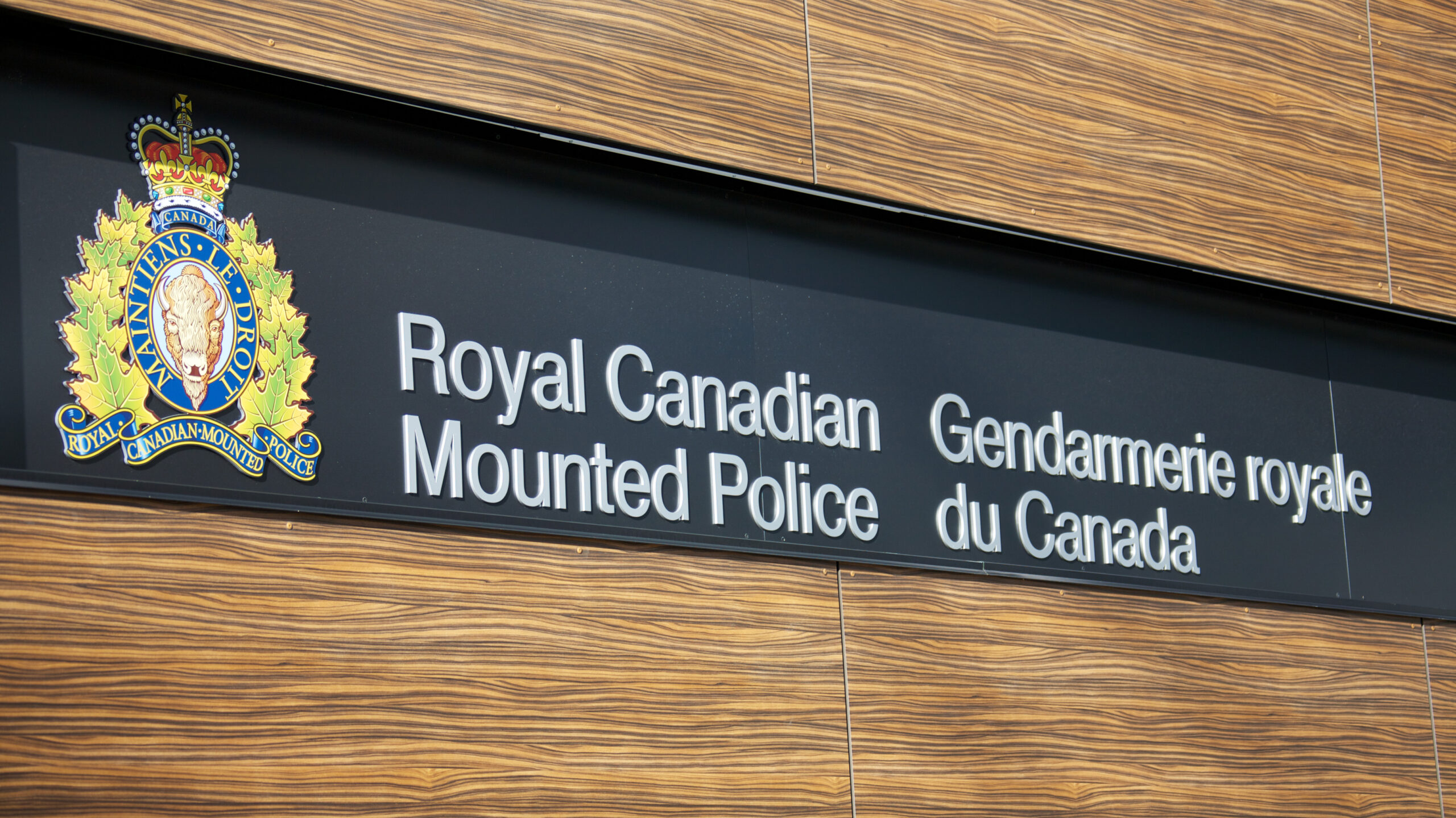
The RCMP is undertaking a new initiative that uses satellite and hyperspectral imaging to locate human remains.
Hyperspectral imaging analyzes information from a broad spectrum of reflected sunlight, providing more information than what the human eye alone sees.
The force’s National Centre for Missing Persons and Unidentified Remains (NCMPUR) will be responsible for the pilot project, marking the first time the RCMP uses hyperspectral imaging technologies to locate human remains.
“With this new initiative, NCMPUR is taking the first step forward in exploring the potential of technologies, such as hyperspectral scanning and satellite technology, and the feasibility of offering additional services for other missing person investigations across Canada,” Chief Superintendent Gordon Sage, director general of sensitive and specialized investigative services, said.
Controlled experiments with the National Research Council Canada have shown hyperspectral imaging can detect the markings of decomposing bodies and shallow graves based on how it affects vegetation, soil composition, and other factors compared to the surrounding area.
The project will begin the week of May 9 and cover two areas in British Columbia. Canada has over 8,000 open missing person cases at this time.
Source: RCMP
MobileSyrup may earn a commission from purchases made via our links, which helps fund the journalism we provide free on our website. These links do not influence our editorial content. Support us here.


